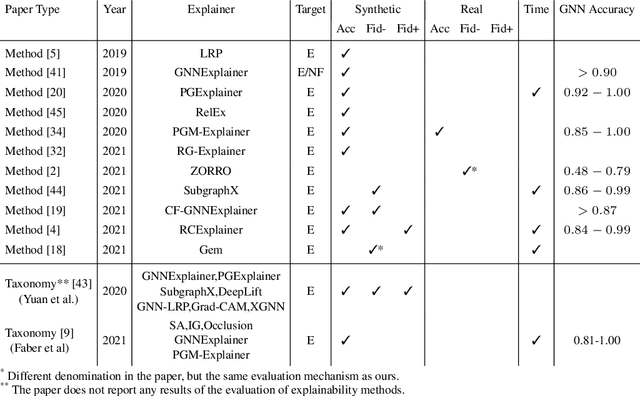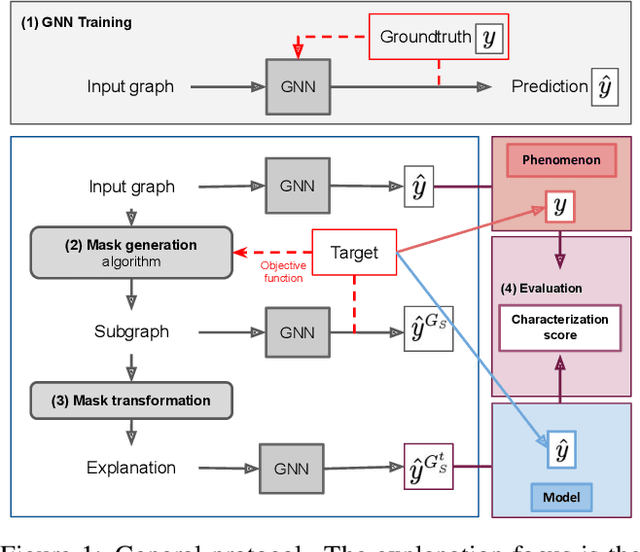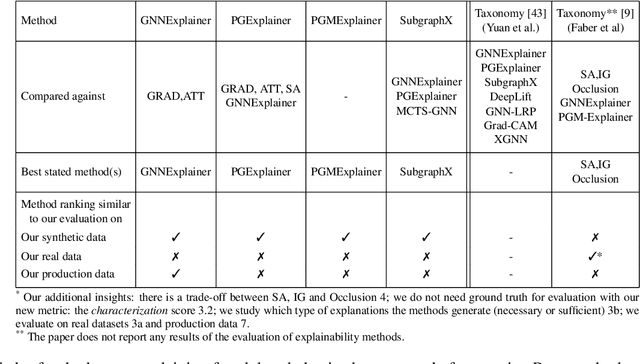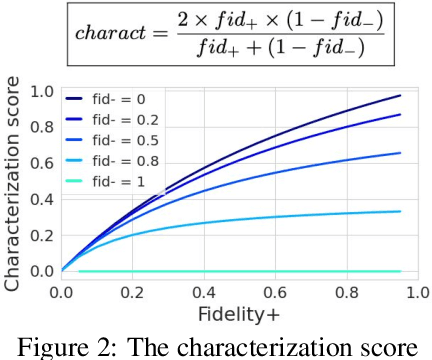Zhihao Han
A Unified NOMA Framework in Beam-Hopping Satellite Communication Systems
Jan 17, 2024Abstract:This paper investigates the application of a unified non-orthogonal multiple access framework in beam hopping (U-NOMA-BH) based satellite communication systems. More specifically, the proposed U-NOMA-BH framework can be applied to code-domain NOMA based BH (CD-NOMA-BH) and power-domain NOMA based BH (PD-NOMA-BH) systems. To satisfy dynamic-uneven traffic demands, we formulate the optimization problem to minimize the square of discrete difference by jointly optimizing power allocation, carrier assignment and beam scheduling. The non-convexity of the objective function and the constraint condition is solved through Dinkelbach's transform and variable relaxation. As a further development, the closed-from and asymptotic expressions of outage probability are derived for CD/PD-NOMA-BH systems. Based on approximated results, the diversity orders of a pair of users are obtained in detail. In addition, the system throughput of U-NOMA-BH is discussed in delay-limited transmission mode. Numerical results verify that: i) The gap between traffic requests of CD/PD-NOMA-BH systems appears to be more closely compared with orthogonal multiple access based BH (OMA-BH); ii) The CD-NOMA-BH system is capable of providing the enhanced traffic request and capacity provision; and iii) The outage behaviors of CD/PD-NOMA-BH are better than that of OMA-BH.
GraphFramEx: Towards Systematic Evaluation of Explainability Methods for Graph Neural Networks
Jun 30, 2022



Abstract:As one of the most popular machine learning models today, graph neural networks (GNNs) have attracted intense interest recently, and so does their explainability. Users are increasingly interested in a better understanding of GNN models and their outcomes. Unfortunately, today's evaluation frameworks for GNN explainability often rely on synthetic datasets, leading to conclusions of limited scope due to a lack of complexity in the problem instances. As GNN models are deployed to more mission-critical applications, we are in dire need for a common evaluation protocol of explainability methods of GNNs. In this paper, we propose, to our best knowledge, the first systematic evaluation framework for GNN explainability, considering explainability on three different "user needs:" explanation focus, mask nature, and mask transformation. We propose a unique metric that combines the fidelity measures and classify explanations based on their quality of being sufficient or necessary. We scope ourselves to node classification tasks and compare the most representative techniques in the field of input-level explainability for GNNs. For the widely used synthetic benchmarks, surprisingly shallow techniques such as personalized PageRank have the best performance for a minimum computation time. But when the graph structure is more complex and nodes have meaningful features, gradient-based methods, in particular Saliency, are the best according to our evaluation criteria. However, none dominates the others on all evaluation dimensions and there is always a trade-off. We further apply our evaluation protocol in a case study on eBay graphs to reflect the production environment.
 Add to Chrome
Add to Chrome Add to Firefox
Add to Firefox Add to Edge
Add to Edge